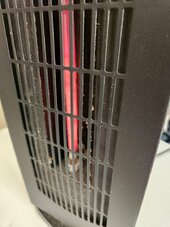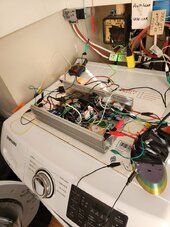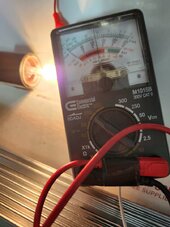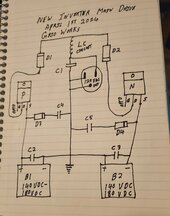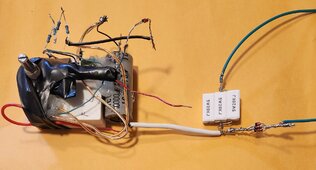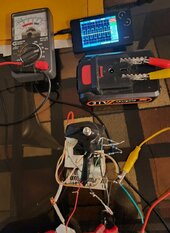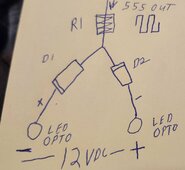GridWorks Green Solar
Solar Innovator
520 watts continuous output from the new two FET inverter running space heater on first stage and light bulb. 100 volts 60Hz fan motor runs smoothly heater is providing good output.
Success
Running great considering it is all on alligator clip jumpers.
Sure to make more improvements, solved many mysteries in the past few days concerning driving the FETs. Loving it!
Ventilator fan for the two FET inverter heat sink is now 24/7 powered, soldered and insulated many inverter connections.
Nice way to start a day, more later
Success
Running great considering it is all on alligator clip jumpers.
Sure to make more improvements, solved many mysteries in the past few days concerning driving the FETs. Loving it!
Ventilator fan for the two FET inverter heat sink is now 24/7 powered, soldered and insulated many inverter connections.
Nice way to start a day, more later
Attachments
Last edited:



